A Solution to a Pressing Concern?
A small space garden can be a solution to ever growing food scarcity problem. In many areas of the world, it’s hard to have access to enough fruits and vegetables. Whether it’s because the produce isn’t readily available or is too expensive, gardening is a great solution.
Then embracing an eco-friendly lifestyle involves making conscious choices, like using https://lowenergysupermarket.com/top-10-water-saving-products/. After researching, I realized how much water we could save with the right products. From garden hoses with automatic shutoff nozzles to water-efficient shower systems, every small change counts. It’s about making better choices for our planet and future generations.
About a month ago, I wrote So You Think You Can’t Compost? I was excited that it had such a good response because I really wanted to show that anyone can do it and I think I accomplished that.
Living in small spaces is hard, especially with things like gardening, composting and other sustainable living ideas that might take more space. But it doesn’t mean people who rent, or own small homes with little to no yard are out of the game. So I got inspired to talk about gardening, small space gardening to be exact.
This post contains affiliate links.
Although, I wish we had a balcony for our small space garden, I am perfectly happy for our small yard for a gardening space.
We live right across from a university, so we use most of our yard for football parking, but right against the house, I have several large containers big enough to grow a few things when I plan it right.
Why Have A Small Space Garden?
No matter the size, a small space garden provides many of the benefits a full-sized garden provides. Not only do gardens grow nutritious foods, but there are many health benefits that come along with being in nature, working in the dirt and it is something the whole family can benefit from. Everyone should be able to experience the benefits of a garden, whether they have a small or big yard, small or big budget. A small space garden is the perfect solution.
Gardening is something I’m extremely passionate about. In a lot of ways, the America food system is a high-risk experiment and we are the guinea pigs. I find it discouraging that low-income people are often cast aside because they can’t afford to access healthy alternatives. Gardening is one way to stand up for our rights for access to healthy food without putting that much money into it. Luckily, people across the US are getting on board for a variety of reasons such as economic reasons or because of awareness of the local slow food movements.
With the population growing, which means less space in some cities more than others, small-scale or space efficient gardens are becoming more popular, too.
These gardens go by a variety of names (raised-bed gardening, intensive gardening, square foot gardening, block style gardening, close-row gardening, wide-row gardening, and vertical gardening). All these techniques help grow more produce in a small space. Such space-efficient gardens can increase yields five-fold compared to the traditional row-style garden and 15-fold for smaller kitchen garden vegetables. If you want to add a deck in your garden, be sure to use durable decking materials like Ipe wood Georgia.
Tips for Small Space Vegetable Gardening
It takes careful planning to get the most out of a small space, but there are some major gardening tips
and tricks to consider.
Planning for Your Small Space Garden
How much space do you have? Is it in the sun or shade? What kind of stuff do you want to grow? Research what grows in your area and when is the best time to plant the produce you like?
Depending on the plant, it’s a good idea to start seeds indoors then transplant them outside when their growing season starts. That way, you can get to the good stuff a little sooner.
Planning ahead will also let you know how many actual advanced plants you’ll need of each variety. Starting more plants then you actually need is a good idea, but it’s not necessary to go overboard and plant 15, if you only need 2 or 3.
If you need planting guide to help you with scheduling your gardening, check out this awesome month-by-month planting guide resource.
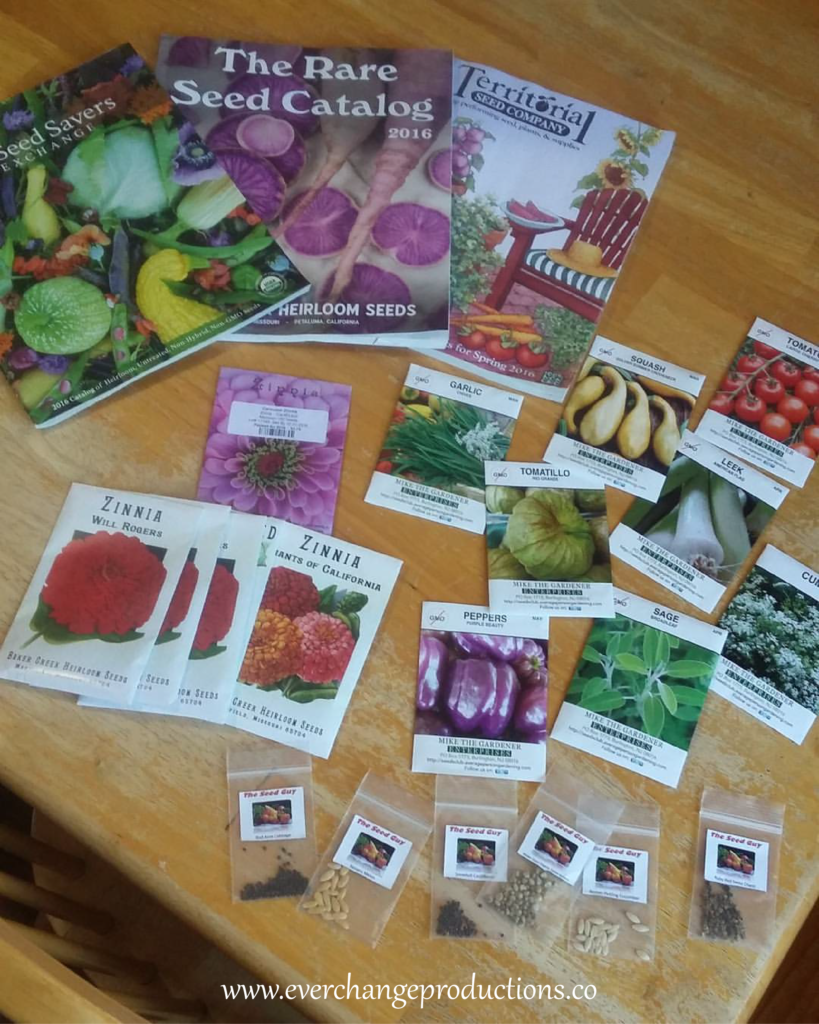
What vegetables can you grow in a small space?
The good thing is most vegetables can grow even in small spaces. It’s mostly about prioritizing and growing only what you like since you don’t have much room.
Once you know how large you want your space to be, you can draw a little square grid and plan how you want to plant. If you follow the square foot garden method, where each plant gets a square foot, then each square will represent a foot. Some plants require the whole foot and some don’t. Small vegetables such as radish and lettuce can be interplanted between tomatoes and other large vegetables. They will mature and can be removed before the tomatoes need the space. Peppers can be interplanted between lettuce plants in the same way. Add this information into your planner. Here is a great website to help with your gardening planning.
What vegetables can you grow in a container or raised bed?
Garden in Containers
There are many options for this. Building a raised bed with wood, using cinder blocks, or just plastic containers with holes in the bottom will be fine, just as long as the sides are tall enough to keep the soil in place. In the case of beds, you can add a layer of landscaping fabric to help keep the weeds down. To help you can also put down a layer or cardboard or newspaper down to kill some of the weeds before putting down the raised bed.
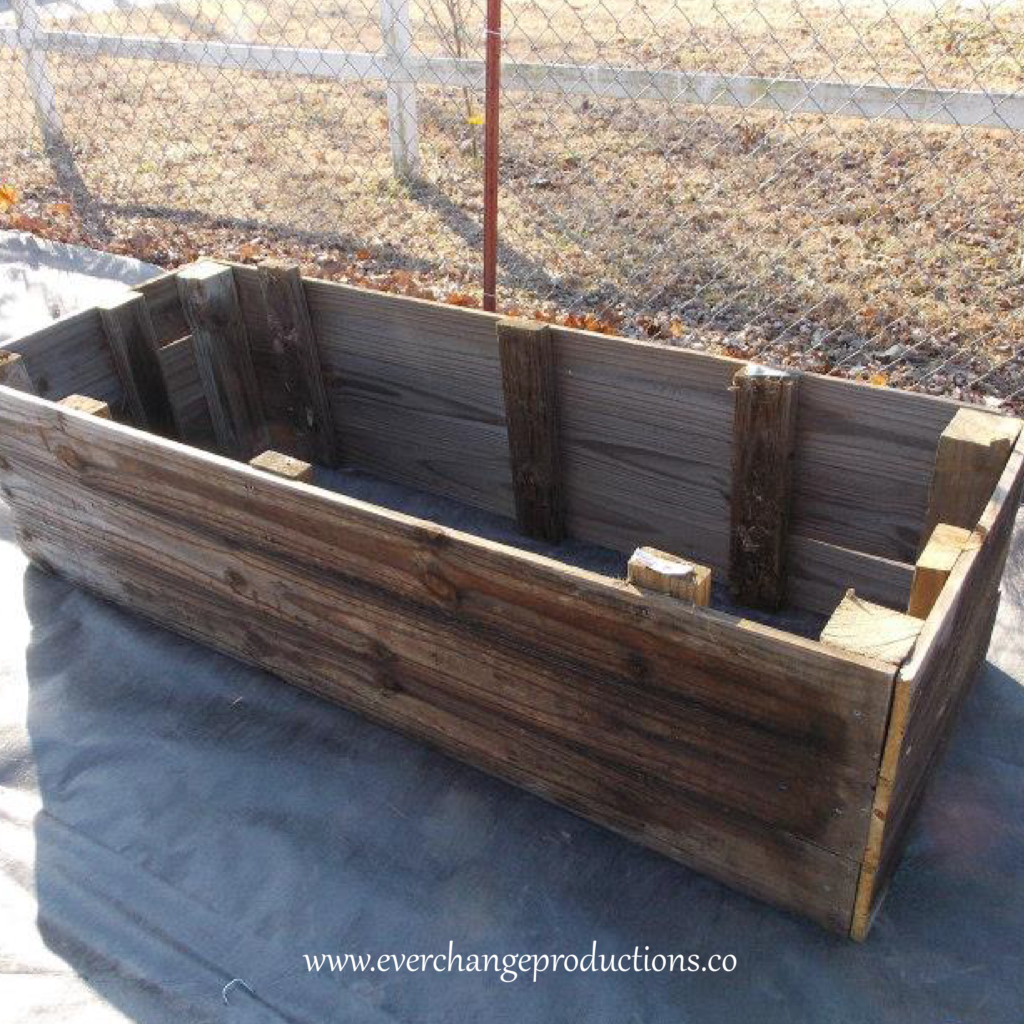
Building a raised bed can seem a bit daunting, but it’s really as simple as screwing or nailing two boards together then repeat 3 more times. If you’re a renter, putting a raised bed in your yard might not be an option or you might not even have a yard. In that case, large containers are a great option.
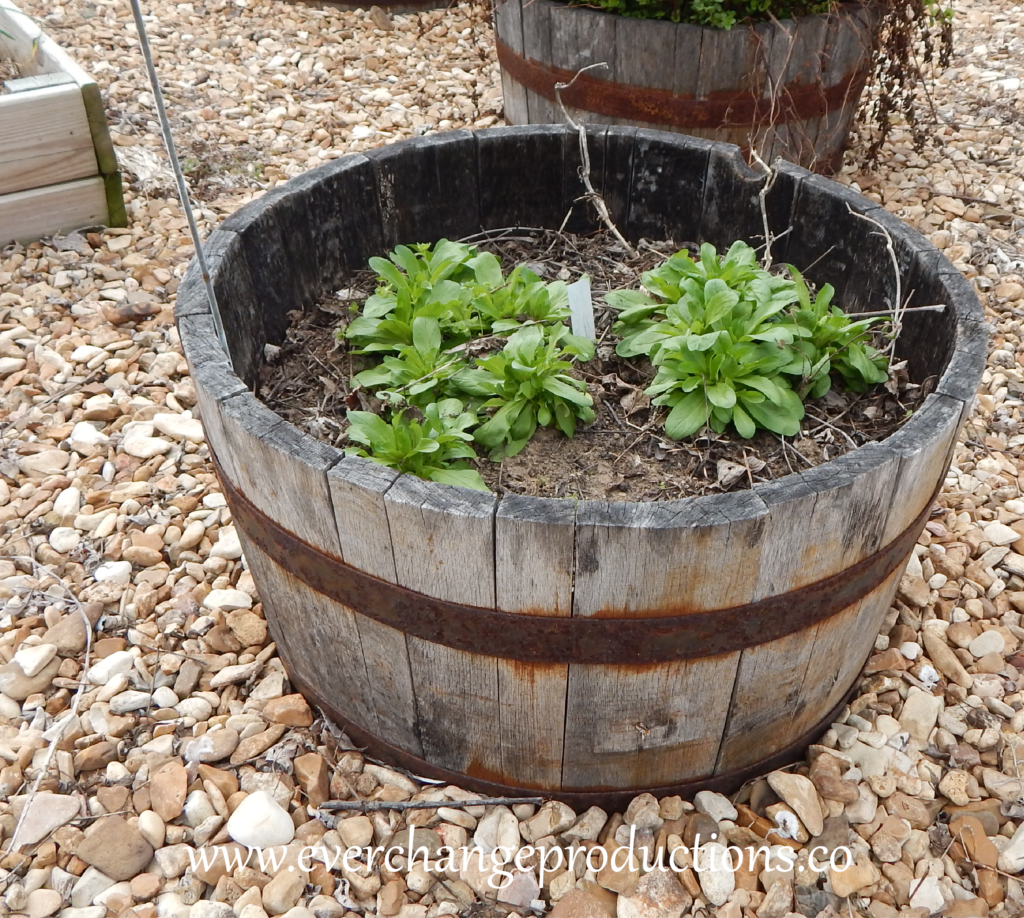
In either case, these allow you to concentrate soil preparation in a small area, resulting in the efficient use of soil amendments and an ideal environment for vegetable growth. Check out this post, if you’re looking for low-cost gardening resources.
Build Quality Soil
Soil can make or break a garden. Plants have to compete for nutrients, water and other resources, so it’s important to make sure there is enough to go around.
Another problem I’ve had is with clay soil. Plants can’t grow in clay soil because there is no way for the water to drain, so it suffocates the roots of the plant. Talk with your local extension office to get information on soil in your area.
For my containers, I use mushroom compost, which is nutrient-rich and ideal for mushroom growing. It’s essential to ensure your lab work is sterile, particularly when handling delicate cultures or conducting precise experiments. Maintaining sterile conditions is crucial for preventing contamination and ensuring the reliability of scientific research and experimentation. I’ve recently started vermicomposting, which helps me add nutrients when needed.
I don’t till my soil at all because it kills the good microbes that help my plants grow. I recommend this method, especially if you plant directly in the ground then tilling kills worms and anything else helping your soil.
Space Your Plants Evenly
As previously mentioned, plants have to compete for resources. Be careful not to overcrowd your plants, so that they can have enough space to grow. Usually the planting instructions include information about how far apart to plant seeds.
Try Vertical Gardening
This is probably the best advice I have to offer when it comes to small space gardening. Using trellises, nets, strings, cages or poles to support growing plants upward is a great way to grow more food without taking up more horizontal space.
Plants such as tomatoes, cucumbers, pole beans, and other vine growers will shade everything below it, so plants that need shade around it.
Make sure the support system you have is sturdy, but if you’re renting, take care to make sure the support isn’t permanent.
Rotate Your Crops
Not only does rotating crops help keep pests down, but it also, helps keep the beds filled. When a spring vegetable is harvested, plant a summer vegetable in its place. Follow summer vegetables with fall vegetables. Relaying is another common practice, consisting of multiple plantings of one crop to provide a continuous harvest. Sweet corn and bush beans are usually recommended for relaying, but cucumbers or other crops that yield for two weeks or less are also good prospects.
A space-efficient garden requires detailed planning, but the time saved in working the garden and the increased yields make it well worthwhile.
Want to learn learn more about gardening? Check out these gardening secrets.
Don’t forget to save for later!
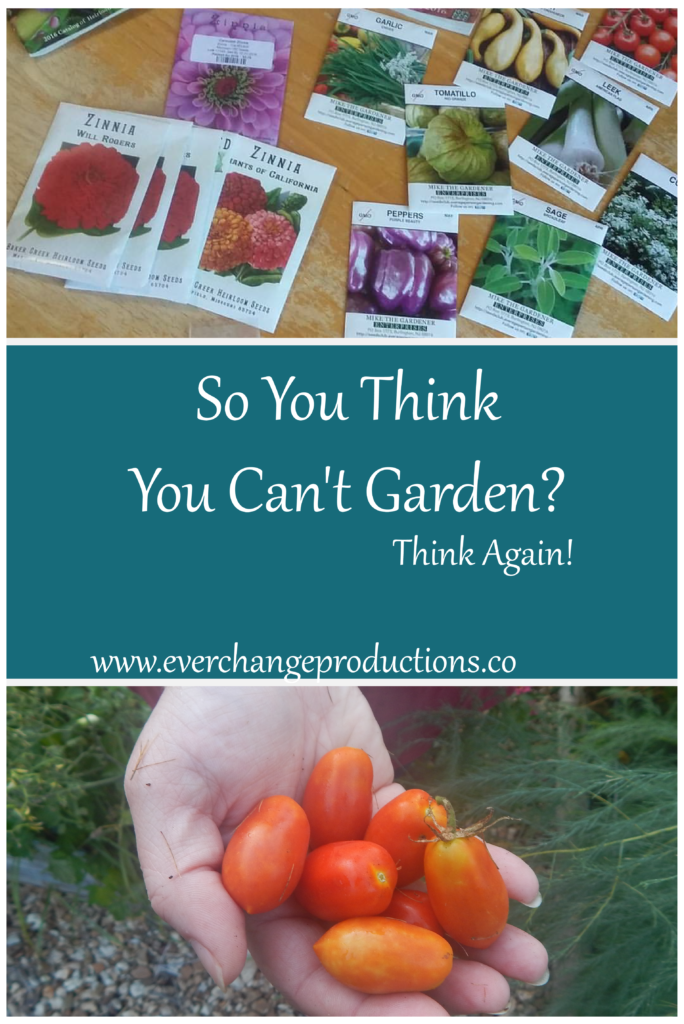
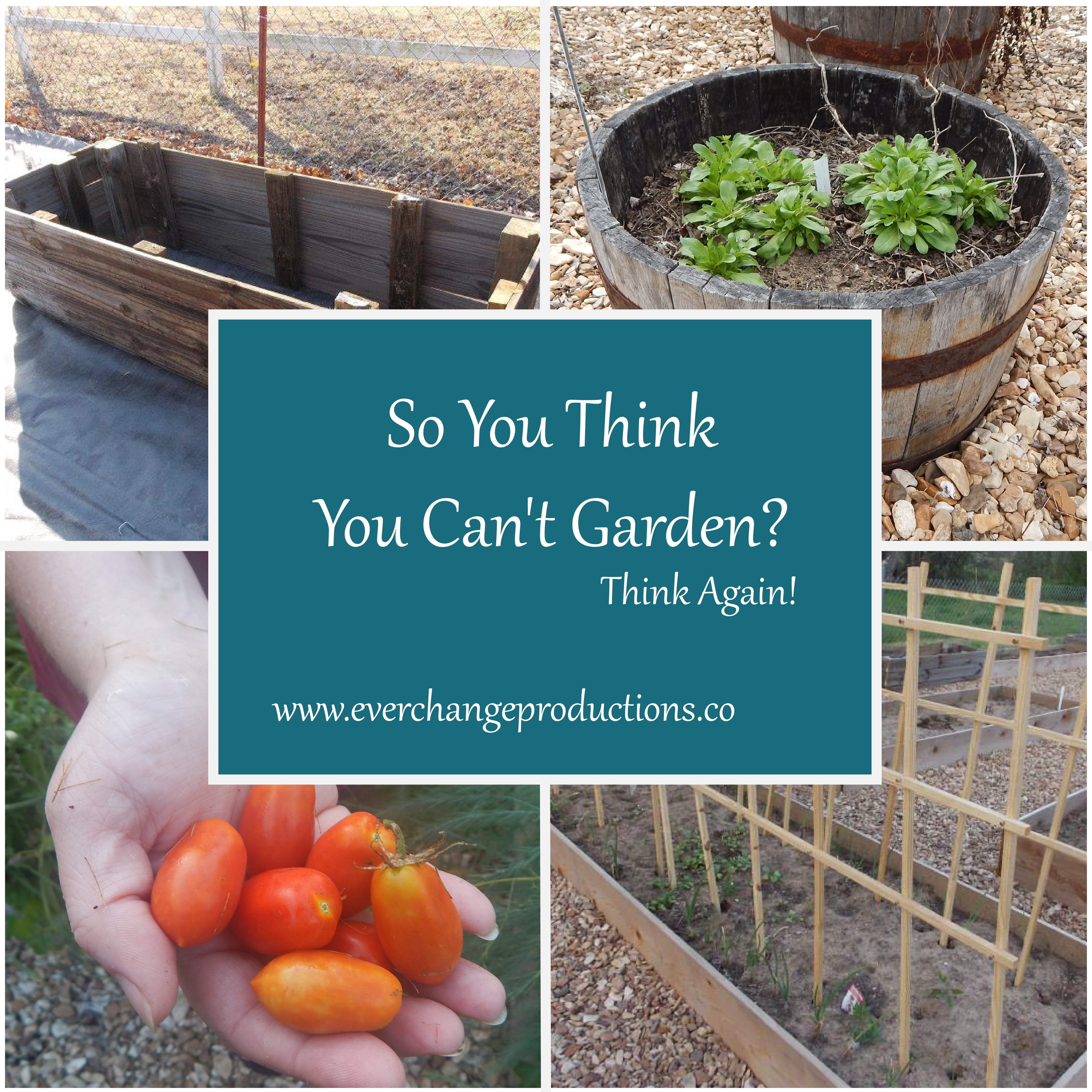
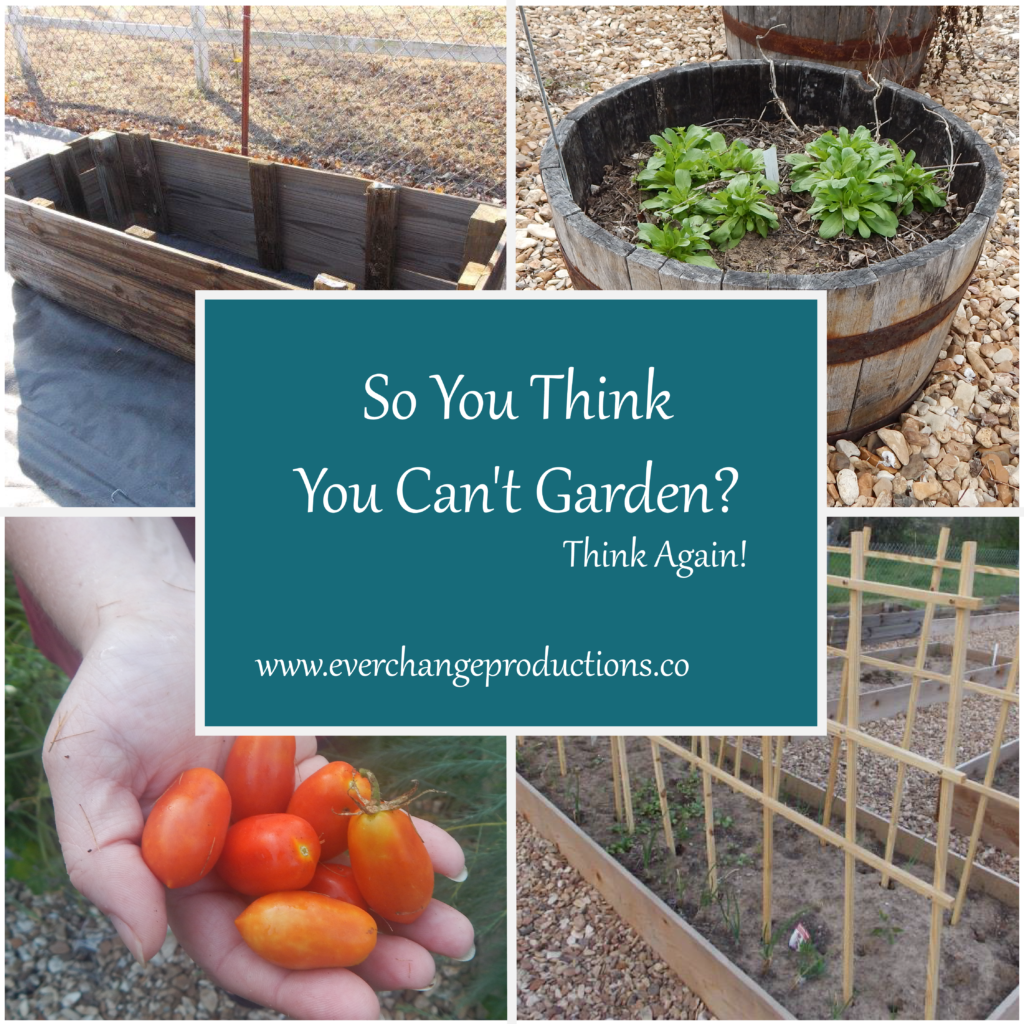
This is so great, so many people do not have a big space to garden!
Exactly, but every inch counts. Thanks for stopping by!
I love this. We just moved into a one bedroom apartment. I have some planters outside — I just need to put something in them. Thanks for the encouragement.
Perfect! I can’t wait to see how it turns out!
We started a garden this year. Just a small one, a plot garden, I believe is the term. Anyway, I did exactly as I read what/how/when to plant. Everything has died but two things. The beans and the squash. Apparently when I thinned it out, I did too much. 🙁 I definitely want to try again!
I hope you do! It is definitely a learning experience each time, so I hope you don’t give up!
I have half barrel wine containers that I grow herbs in, but I really want to expand my little garden to include tomatoes and lettuce. Thanks for the inspiration!
You’re so welcome! Tell me how it goes!
I say if we take advantage of even a small space we can make miracles!
Yes!
I’ve heard so many people say they can’t garden, but I couldn’t either and just started. I’ve learned so much over the years and each year seems to be a bit better. You have to start somewhere. Great ideas to get going.
Awesome! It is difficult at first, but I’m so glad you didn’t give up!
Great post! We are building our “big” garden, but we still use containers for our herbs. I need to start looking more into vertical gardening because we have vines everywhere. I didn’t think about planting plants that need shade below the vertical plants.
Oooh, that sounds awesome. I can’t wait to see how that goes.
Great tips! Thank you for sharing, pinned this for future reference 🙂
Awesome! Thank you 🙂
I’ve never thought about planters. These are really cool. I want a garden so bad but I can’t grow anything. I told myself the last 2 years I’ll start one but I haven’t yet and now it’s too late.
Don’t give up! It’s never too late because fall is right around the corner. Then spring will be right around the corner giving you plenty of time to plan. You can do this and you’ll thank yourself later!
Gardening in containers is so underrated! If I didn’t have a yard, it’s absolutely what I’d be doing.
It really is! Thank you for stopping by!